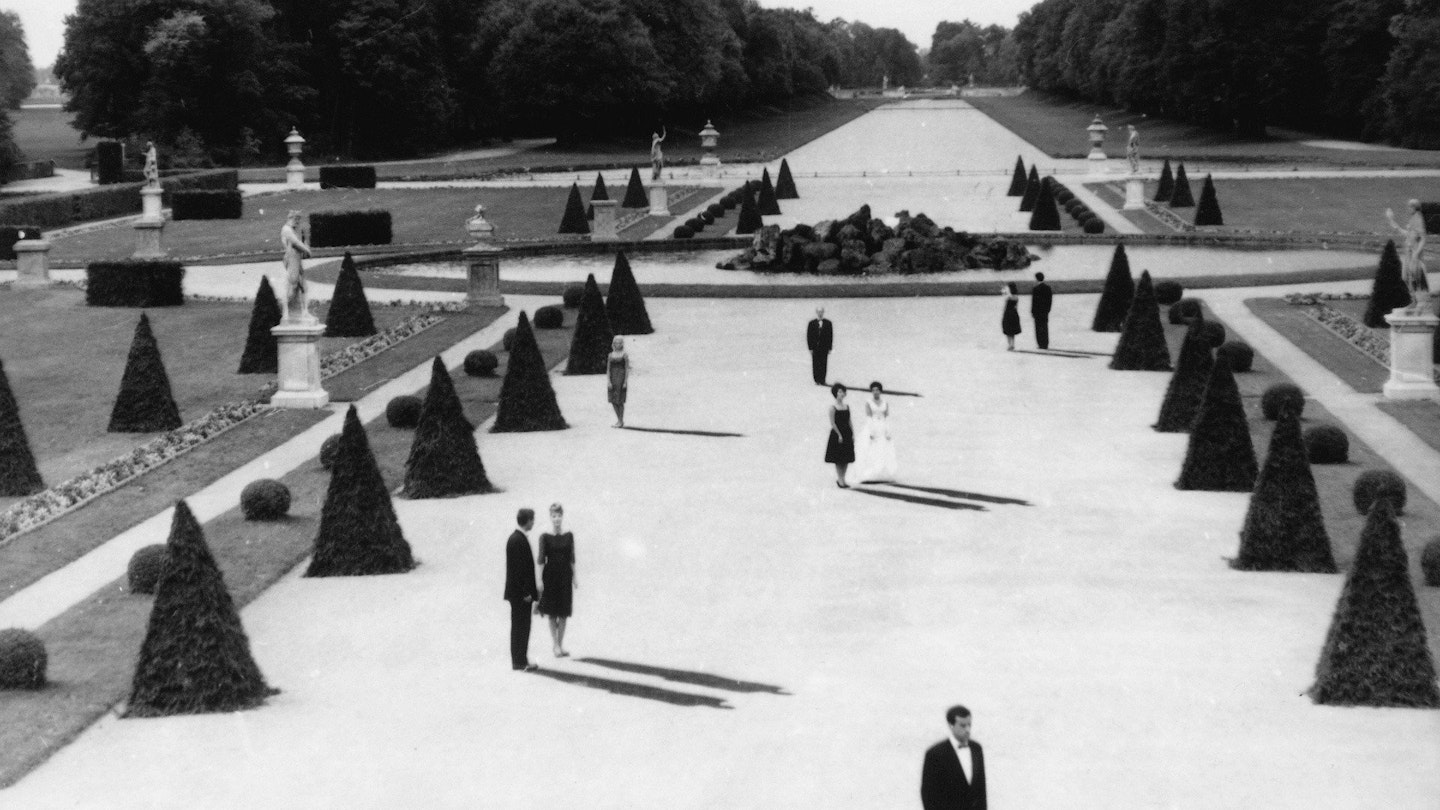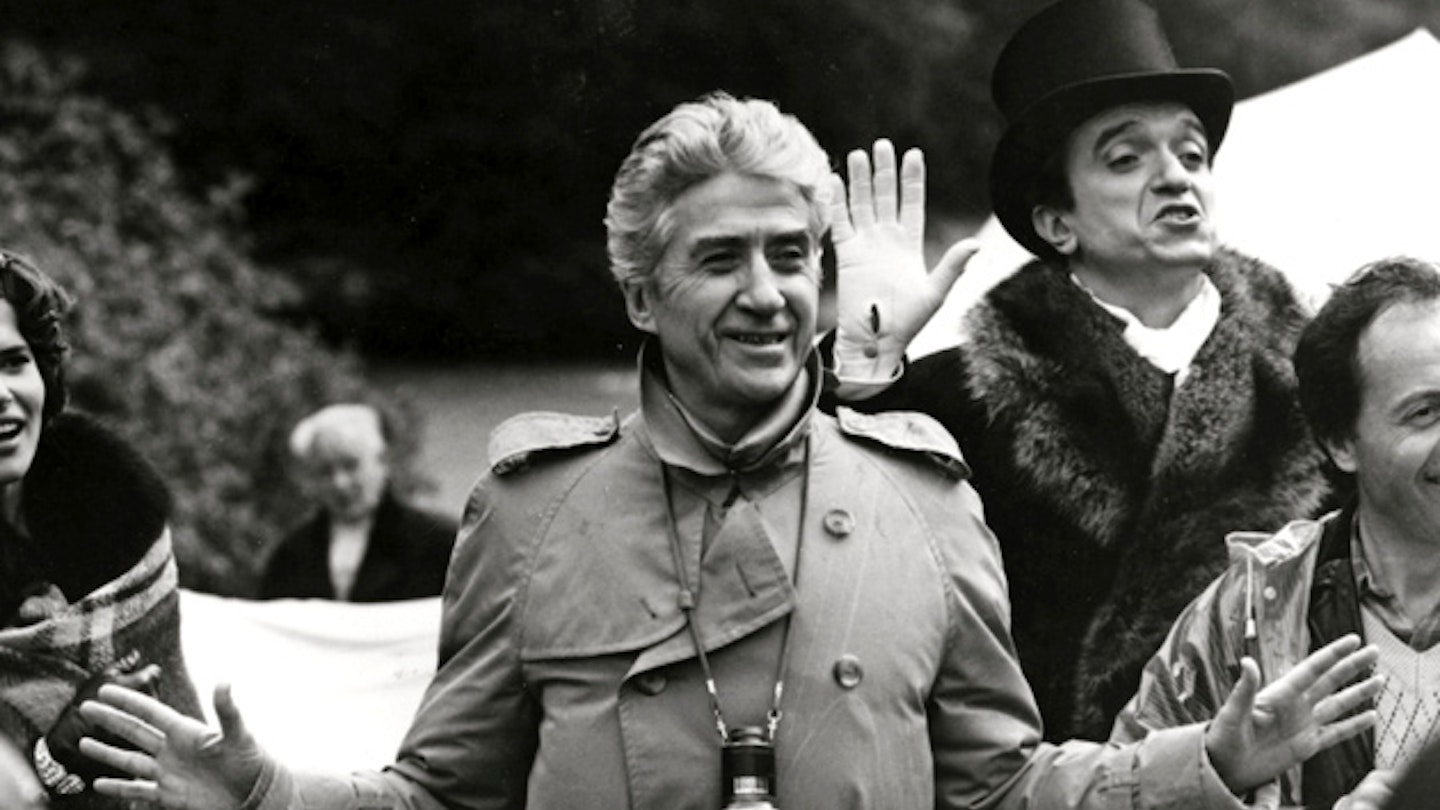Breaking with traditional conventions of screen narrative, this modernist masterpiece explores the interaction of time, memory and imagination. For many it's an infuriating experience whose intellectual obscurantism rapidly wears the patience. But for others, it's an intriguing treatise on art, romance, gender politics or myth, while others still see its exploitation of temporal and spatial relationships as a signifier of how little film's potential has been tapped.
Working from a screenplay written by nouveau roman pioneer, Alain Robbe-Grille, Alain Resnais clearly sought to further the cinematic experiment begun with Hiroshima, Mon Amour. Consequently, he allows Jacques Saulnier's art direction and Giorgio Albertazzi's narration to set the scene and mood, while he guides Sacha Vierny's camera through the chateau's baroque corridors and manicured gardens in a bid to reproduce on celluloid the abstract process of thought.
Thus, Resnais is scarcely interested in diegetic logic or the questions thrown up by Albertazzi's recollections, inconsistencies and embellishments - hence his reliance on sequences whose content is repeated, distorted or contradicted without us ever learning whether the action is real or imagined or is taking place in the past, present or future. He is more concerned with achieving a cinematic texture in which the stylised locales, somnambulistic performances, classical tableaux and non-linear structuring provoke the same response in the viewer as the supposedly symbolic Greek statue does in the spa guests.
This blurring of subjective and objective reality explains the minimalism and studied artificiality of the film's composition and enactment. However, by consistently contrasting art and actuality, Resnais was also inviting the viewer to impose their own interpretation upon the scenario and, thus, become an active intellectual participant in its proceedings.
Last Year At Marienbad won the Golden Lion at Venice and proved to be a surprising commercial success. Its stream of consciousness technique has since been much imitated, but it remains a uniquely beautiful, challenging and mesmerising artwork.

